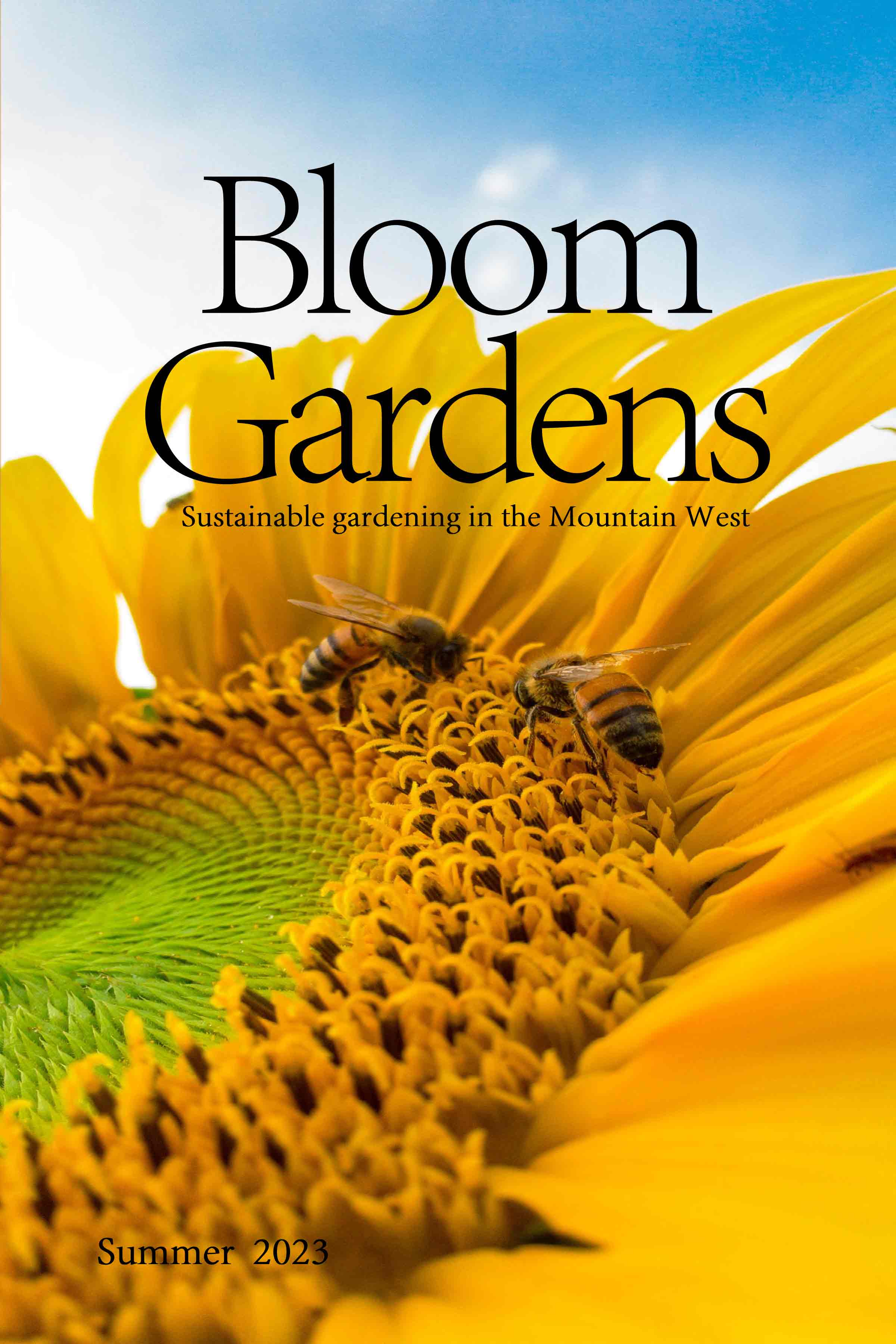- Bloom Gardens
- Posts
- Localscapes
Localscapes
Landscaping Ideas

Creating Your Ideal Utah Yard
By Cynthia Bee. Localscapes

As a state that prides itself on the beauty of our natural environment, Utahns have struggled to figure out how to translate that iconic beauty to our own home landscapes. Instead, we’ve settled for landscape designs and practices that might work in other states, but simply do not function for us here. The results have created an increasingly unsustainable drain on the very environment we proudly promote. While it’s easy to point out this inconsistency, the truth is that no one ever defined what a Utah home landscape SHOULD look like. And that gave us a place to start! In 2015 our team of water, landscape design, horticulture, and maintenance experts based at the Jordan Valley Water Conservancy District’s Conservation Garden Park in West Jordan, Utah began meeting with one goal—to take everything we thought we knew about landscaping, question it, turn it upside down and reduce it to the lowest common denominators. The end result? Local landscapes. Or as we call it, Localscapes. | Localscapes isn’t an abstract set of principles. It’s a complete, start-to-finish design method that’s easy for anyone to understand and apply. We’ve built some of the more complex aspects of design automatically into the approach so you don’t have to be an experienced gardener to make this it work. You just follow the five steps. Step 1: The Central Open Shape is the distinguishing feature of a Localscape that sets it apart from all other landscape styles. It’s the organizing element around which the rest of the landscape is oriented. Arranging the lawn in this way all produces a clean, crisp layout that’s easy for sprinklers to water efficiently and requires just a quick weekend mow and edge, conserving both water—and your Saturday!
|

For those who choose to forego lawn, a Central Open Shape of gravel, hardscape or groundcover provides the same design benefits while avoiding the biggest concern people expressed about waterwise landscapes—that they look disorganized and unkempt. Step 2: Gathering Areas. These are the social spaces where you’ll interact with family and friends. We usually think Gathering Areas are just for backyards, but don’t limit yourself to a traditional placement. We recommend at least three Gathering Areas, each serving a different function. Not only do Gathering Areas make the landscape more inviting, they also reduce the work and water needed to keep it that way. | Step 3: Activity Zones. These are the active spaces in the landscape that provide entertainment and exercise. Choose to fill your Activity Zone with a children’s playset, a vegetable garden, sporting areas, whatever best serves your personal interests. Activity Zones are always placed outside the lawn so they’re set up and ready to go-- and they just might draw the family outdoors more often. Step 4: Paths. Paths connect the first three spaces and are made of hardscape, gravel or even mulch but they’re never made from lawn. Paths guide users through the landscape and between potential activities. Paths introduce function, create curiosity, and unify other elements of the yard. |

Step 5: Planting Beds. These fill the gaps that remain AFTER you’ve created all the functional spaces and designing them last is exactly the opposite of how a design is traditionally created. In a Localscape, planting bed shapes are never consciously designed. They evolve around the functional elements of the landscape so they’ll create the perfect accent without disrupting the function of the design. Planting beds should always be watered with drip irrigation to reduce weed pressure and conserve water. Unlike overhead sprinklers, the flexible shapes of drip lines can be worked into any shape without losing efficiency so designing the shape of lawn instead of the shape of planting beds simply makes more sense. The five Localscapes steps are the same statewide but the best materials and plants have been further “localized” by region. The results are beautiful, functional landscapes tailored for performance and “fit” in the unique regions they’re located. | The Localscapes class series is available online, 24-7, at no cost to residents and they teach homeowners how to apply the five-step method to achieve their ideal Utah yard. Find classes and resources at https://localscapes.com In many parts of the state, landscape rebates are available for converting your existing landscape to a Localscape or installing a Localscape as part of a new build. Learn more at https://utahwatersavers.com Our choices are not an either/or scenario of grass-filled blandscapes or rock-strewn “zero”scapes. Localscapes creates a spectrum of choices between these two extremes so we can each have the landscape that’s just right for us, while requiring just one third, or even less, of the water consumed by the typical yard. More than 10,000 Utahns have already taken Localscapes classes and have begun upgrading their landscapes— will your landscape be next? |

